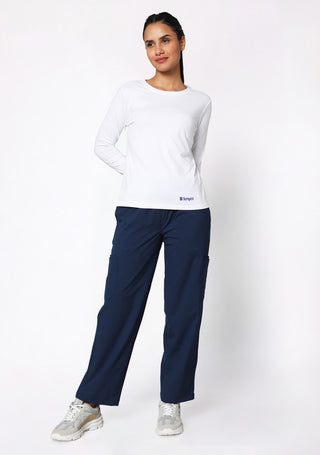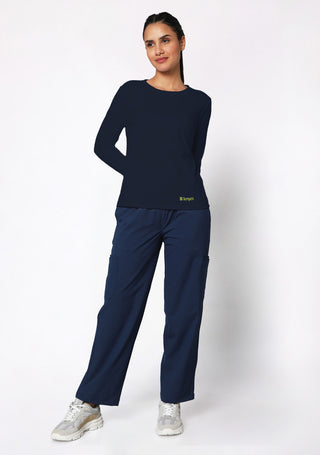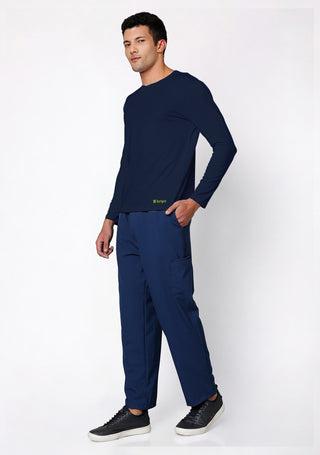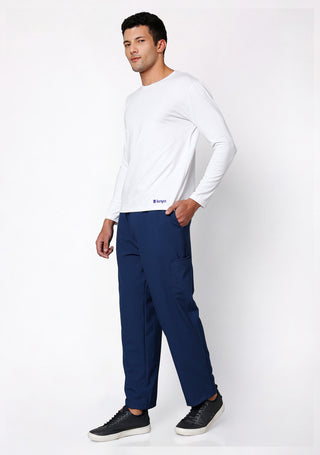A nurse can undoubtedly be a first aider, but their role extends far beyond basic first aid. With their medical expertise, decision-making skills, and ability to handle emergencies, nurses enhance first aid response and improve patient outcomes in critical situations. Whether in hospitals, public places, workplaces, or homes, a nurse’s presence as a first aider can make the difference between life and death.
Understanding First Aid and First Aiders
First aid is the initial medical assistance provided during an emergency before professional medical intervention is available. A first aider is a person trained to administer first aid, usually with basic skills such as CPR, wound dressing, and stabilizing an injured person until medical professionals arrive. First aid training is common among workplace employees, teachers, lifeguards, and general public members.
Can a Nurse Be a First Aider?
Yes, a nurse can be a first aider, but their role goes beyond the traditional definition of a first aider. Unlike laypersons who undergo basic first aid training, nurses have extensive medical knowledge and hands-on experience in handling medical emergencies. Their clinical expertise allows them to provide advanced first aid beyond what a standard first aider can offer.
However, whether a nurse acts solely as a first aider depends on the context. In a professional healthcare setting, a nurse functions as part of a medical team with access to equipment and protocols. In contrast, outside a hospital or clinic, such as at a public event, workplace, or home, a nurse may take on the role of a first aider by providing immediate care before transferring the patient to a medical facility.
The Role of a Nurse as a First Aider
When a nurse acts as a first aider, their approach to emergency care is more comprehensive than that of a layperson. Some key responsibilities of a nurse as a first aider include:
-
Assessing the Situation:
A nurse can quickly evaluate the severity of an emergency, determine the risks to the patient and bystanders, and decide on the appropriate course of action. -
Administering Immediate Care:
Nurses are skilled in performing CPR, managing bleeding, treating burns, handling fractures, and stabilizing unconscious patients. -
Using Clinical Knowledge for Better Decision-Making:
Unlike standard first aiders who follow protocols, nurses can apply their medical knowledge to make informed decisions tailored to the patient’s condition. -
Handling Medical Equipment:
Nurses are trained in using medical tools like defibrillators, oxygen therapy, and emergency drugs, which are beyond the scope of regular first aiders. -
Providing Emotional Support:
Nurses are trained in patient care and communication, helping to reassure and comfort the injured or sick person while waiting for further medical assistance. -
Coordinating with Emergency Services:
Nurses can provide detailed patient information to emergency responders, ensuring smooth handover and better continuity of care.
Ready to explore our amazing scrubs collection? Browse the best here.
Differences Between a Nurse and a Lay First Aider
While both nurses and lay first aiders provide immediate care in emergencies, there are key differences:
|
Aspect |
Nurse as a First Aider |
Lay First Aider |
|
Training Level |
Extensive medical education |
Basic first aid training |
|
Scope of Practice |
Can provide advanced care based on medical knowledge |
Limited to first aid protocols |
|
Decision-Making |
Uses clinical judgment for interventions |
Follows standard first aid guidelines |
|
Equipment Handling |
Can operate medical devices (defibrillators, oxygen therapy) |
Uses only basic first aid kits |
|
Legal Responsibilities |
Bound by professional duty of care |
Has general duty to assist |
Emergency Scenarios Where a Nurse as a First Aider is Essential
-
Cardiac Arrest in a Public Setting:
A nurse can quickly assess the situation, perform CPR effectively, and use an automated external defibrillator (AED) if available. -
Accidents and Injuries at Workplaces:
In industries where workplace injuries are common, a nurse’s knowledge in handling fractures, burns, or toxic exposures is invaluable. -
Natural Disasters and Mass Casualty Incidents:
During earthquakes, floods, or accidents involving multiple casualties, a nurse can prioritize patients based on severity and provide effective triage. -
Sudden Medical Emergencies (Stroke, Seizures, Anaphylaxis):
Nurses recognize early signs of stroke, seizures, or severe allergic reactions and administer life-saving measures accordingly. -
Choking Incidents in Restaurants or Homes:
A nurse is well-versed in performing the Heimlich maneuver and clearing airways more effectively than an average first aider.
We believe you deserve the best. Shop our amazing selection of lab coats right here.
Ethical and Legal Considerations
When a nurse acts as a first aider, they have ethical and legal responsibilities that may differ from those of laypersons.
-
Duty to Act:
A nurse, by profession, has a greater ethical obligation to assist in emergencies compared to an ordinary bystander. In some jurisdictions, failing to provide aid could be considered negligence. -
Scope of Practice:
Nurses must be cautious not to perform procedures beyond their training when acting as first aiders outside a clinical setting. While they can offer better care, they must also follow legal boundaries. -
Good Samaritan Laws:
Many countries have Good Samaritan laws that protect healthcare providers from liability when offering voluntary first aid in emergencies, provided they act in good faith. -
Documentation and Reporting:
In a professional setting, nurses must document any first aid provided, ensuring continuity of care when the patient is transferred to a medical facility.
The Importance of First Aid Training for Nurses
While nurses already have advanced medical knowledge, formal first aid training tailored to non-clinical settings can be beneficial. It ensures they are familiar with first aid protocols that may differ from hospital procedures. Additionally, first aid courses provide certifications that might be required in certain workplaces or public roles.





















































